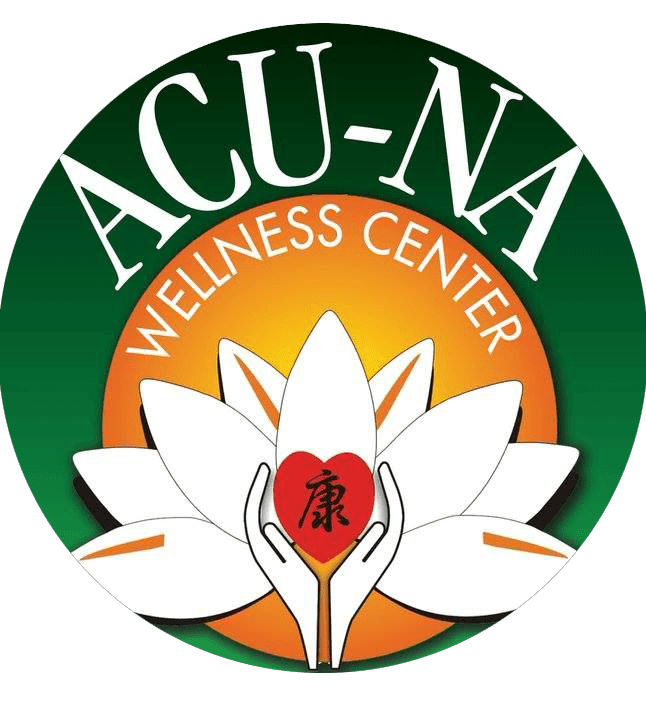
Introduction to TCM Theory

In Traditional Chinese Medicine (TCM), each internal organ has it's own channel as well as correspondences to various aspects of the body which make the body an integrated whole. The following quote notes that these correspondences creates and integrated fabric and not a sum of disconnected parts. This includes the emotions, mental processes, spiritual aspects, physical activity and the external environment.
"The theory of the Internal Organs is often described as the core of Chinese medical theory, because it best represents the Chinese medicine view of the body as an integrated whole. At core, this theory represents a landscape of functional relationships which provide total integration of bodily functions, emotions, mental activities, tissues, sense organs and environmental influences".- The Foundations of Chinese Medicine by Maciocia
Summary points in relation to these correspondences
- Western medicine (biomedicine) identifies the governing of physiology, emotional and mental processes as a brain function. In TCM, these various processes are divvied up between the internal organs.
- Each Yin organ has a mental-spiritual component; thus there are five such entities called the Wu Shen
- Ethereal Soul (Hun) - Yang in nature, resides in the Liver and needs to be anchored by Liver Blood and Yin. The Hun and Shen are related to the ability to have a good nights’ sleep - and are thus often related to issues such as insomnia. And are affected by stress.
- Shen (Mind) - governs cognition, thoughts, perceptions, feelings, and emotions.
- Corporeal Soul (Po) - is responsible for physical sensations, feelings, and generally somatic expressions.
- Intellect (Yi) - responsible for memory, concentration, thinking, logical thinking, capacity for studying and application.
- Will (Zhi) - relates to will-power, drive, determination, constancy.
- The TCM organs are said to open to a certain sensory aspect and manifest and particular body part (e.g. the Liver opens to the eye and manifests the nails) and thus illness in that area reflects the state of the related organ.
This information and more is summarized in the table shown below.
Send a Message
Get in Touch
Give us a call
(828) 974-7058Send us an email
[email protected]